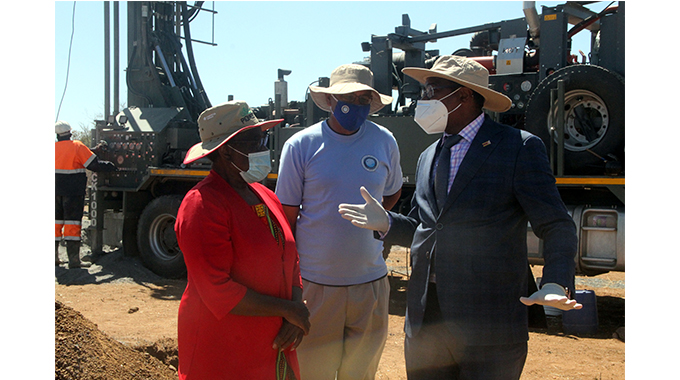by Grace Chekai
In an effort to improve the water supply in the City of Bulawayo, Treasury has released ZW$205 million targeted towards drilling of ten boreholes at Epping Forest, as well as the construction of a booster station along the Mtshabezi pipeline, Harare Post has learnt.
According to a contact in the Zimbabwe National Water Authority (ZINWA), the money was released last month. He said the Government was committed to improving the water supply in the City of Bulawayo.
“Government has shown its commitment to improving the water supply situation in the City of Bulawayo. The ten boreholes are expected to be completed by the end of October this year.
“This Epping Forest project was started in 1999, but was abandoned because of lack of financial resources. The Government has, however, decided to commit itself towards the completion of this project since the water situation in Bulawayo is worsening,” said the contact.
He revealed that this development came after Treasury released ZW$10.6 million in April this year for repairs of pumps at the Rochester/Nyamandlovu Aquifer.
He said that the repairs which were now completed saw the supply of ten mega litres (ML) per day from 3.5 ML which was being supplied previously.
Subsequently, there has been a significant improvement in water supply since some suburbs in the city had no running water for almost six months.
The contact revealed that Professor Mthuli Ncube toured the Epping Forest project on 11 September, this year to assess the projects and as of that date, five boreholes had already been constructed, while over 400 metres of trench work for pipes had been dug.
The residents of Bulawayo have commended this development saying that the intervention of the Government is timely as Bulawayo City Council has shown that it cannot supply water to its residents.
The residents further expressed gratitude towards the people-centred administration of President Emmerson Mnangagwa, which prioritises the lives of the people.
The City of Bulawayo requires over 100 ML of water per day, so it has resorted to a 144 hour water shedding programme.




